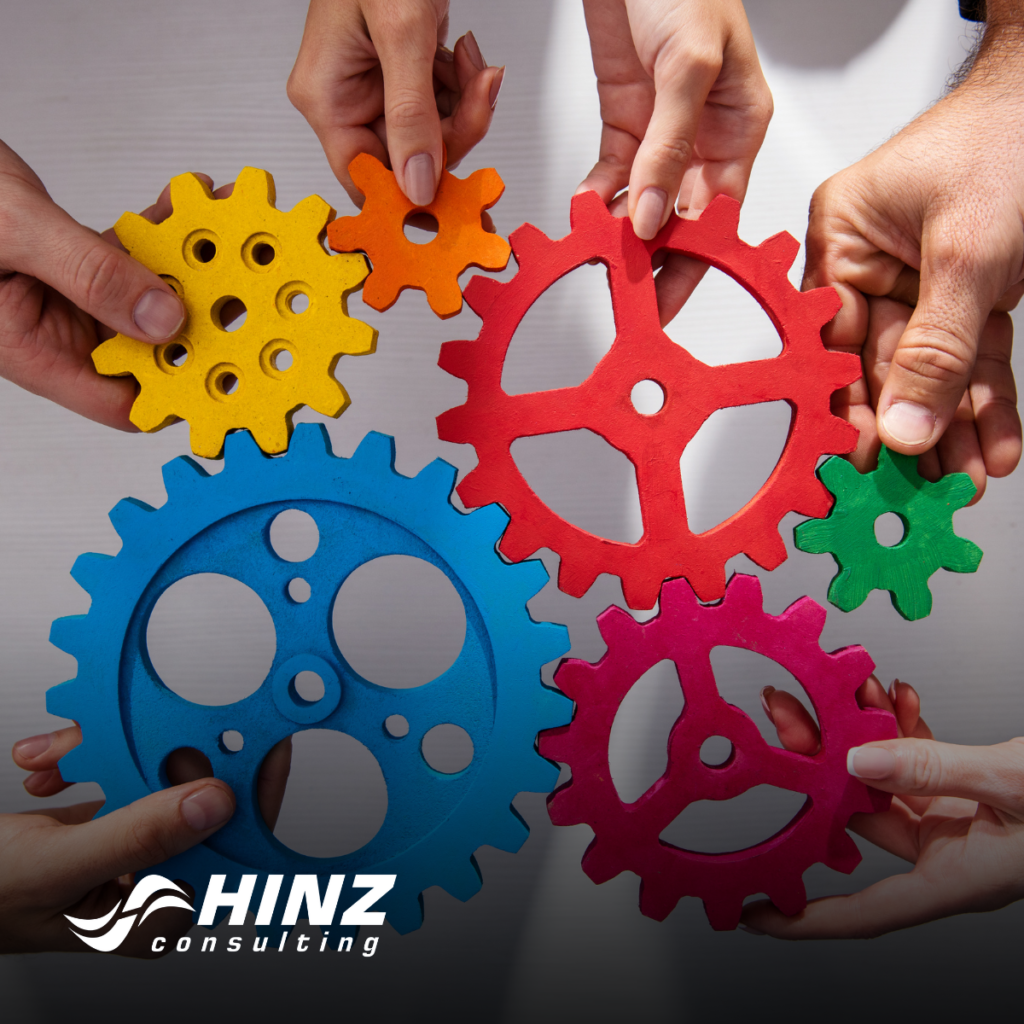Proposal Generation: A Comprehensive Guide

Introduction Proposal generation is a nuanced skill that plays a pivotal role in securing business opportunities. Whether you are a seasoned professional or a newcomer to the field, mastering the art of crafting compelling proposals is essential for success. In this comprehensive guide, we’ll delve into the key components and strategies that make up effective […]
The Benefits Of An AI Proposal Builder

Introduction: In the realm of proposal creation, the integration of Artificial Intelligence (AI) has ushered in a new era of efficiency and effectiveness. At the forefront of this transformation is the AI Proposal Builder, a powerful tool that goes beyond mere automation. This blog delves deep into the myriad benefits that organizations can unlock by […]
The Benefits Of Proposal Generation

Introduction: In today’s fast-paced business environment, mastering the art of proposal generation is crucial. This blog delves into the various advantages of adopting robust generation practices, showcasing how businesses can streamline processes, enhance communication, and propel growth through efficient proposal creation. Time Efficiency and Quick Turnaround: Streamlining Processes: Generation tools empower businesses to craft comprehensive […]
Unlocking Business Development Potential with AI Expertise

In the dynamic landscape of business development, harnessing the power of Artificial Intelligence (AI) is a strategic imperative. To empower business development with AI, understanding its unique domain and applications is crucial. This blog explores how AI can revolutionize business development efforts, offering a competitive edge in today’s fast-paced markets. Unique Domain The Unique Domain […]
What is Proposal Generation?

Introduction: In the intricate realm of business, proposal generation stands as a cornerstone process, weaving together artistry and methodology to craft compelling documents that communicate value. This blog endeavors to demystify the concept of proposal generation, shedding light on its essence, importance, and the evolving landscape. Defining Proposal Generation: An Art and Science Fusion: Proposal […]
Integrating a Strategic Pricing Practice into Your Existing Capture Process

As companies begin to mature their capture processes, one question we often get asked is how they bring strategic pricing into the fold. Integrating a strategic pricing practice into an existing capture process is a multifaceted endeavor that involves aligning financial considerations with the overarching goals of winning government contracts. A well-integrated strategic pricing approach not only helps competitiveness and […]
Maximize Your Business Development AI investment

Introduction To maximize your Business Development AI investment, consider focusing on a high-impact strategy. Provide comprehensive AI training for your key BD staff, enhancing their efficiency in responding to White Papers and RFIs. Integrating AI into these processes can significantly improve proactive BD efforts and accelerate client communication. Recognizing the vital role of subject matter […]
What Is An AI Proposal Builder?

Introduction: In the dynamic landscape of proposal creation, Artificial Intelligence (AI) has emerged as a game-changer, introducing efficiency and innovation. At the heart of this transformative process is the AI Proposal Builder. This blog delves into the definition, benefits, and integral role an AI Proposal Builder plays in revolutionizing the way proposals are crafted. Definition […]
A Guide To Government Contract Proposal Writers

In the intricate landscape of government contracting, a skilled guide is indispensable—the Government Contract Proposal Writer. This comprehensive guide peels back the layers to unveil the dynamic roles, significant benefits, and key strategies that characterize the success of these professionals in the realm of securing government contracts. Definition: Navigators of Procurement Success: Role: Government Contract […]
Roles of a Government Contract Proposal Writer

In the intricate dance of government contracting, a Government Contract Proposal Writer takes center stage, orchestrating the elements that lead to success. Understanding the nuanced roles of these professionals unveils the key contributions they make to the complex world of securing government contracts. Government Contract Proposal Writer Roles Strategic Research and Analysis: Role: Government Contract […]
